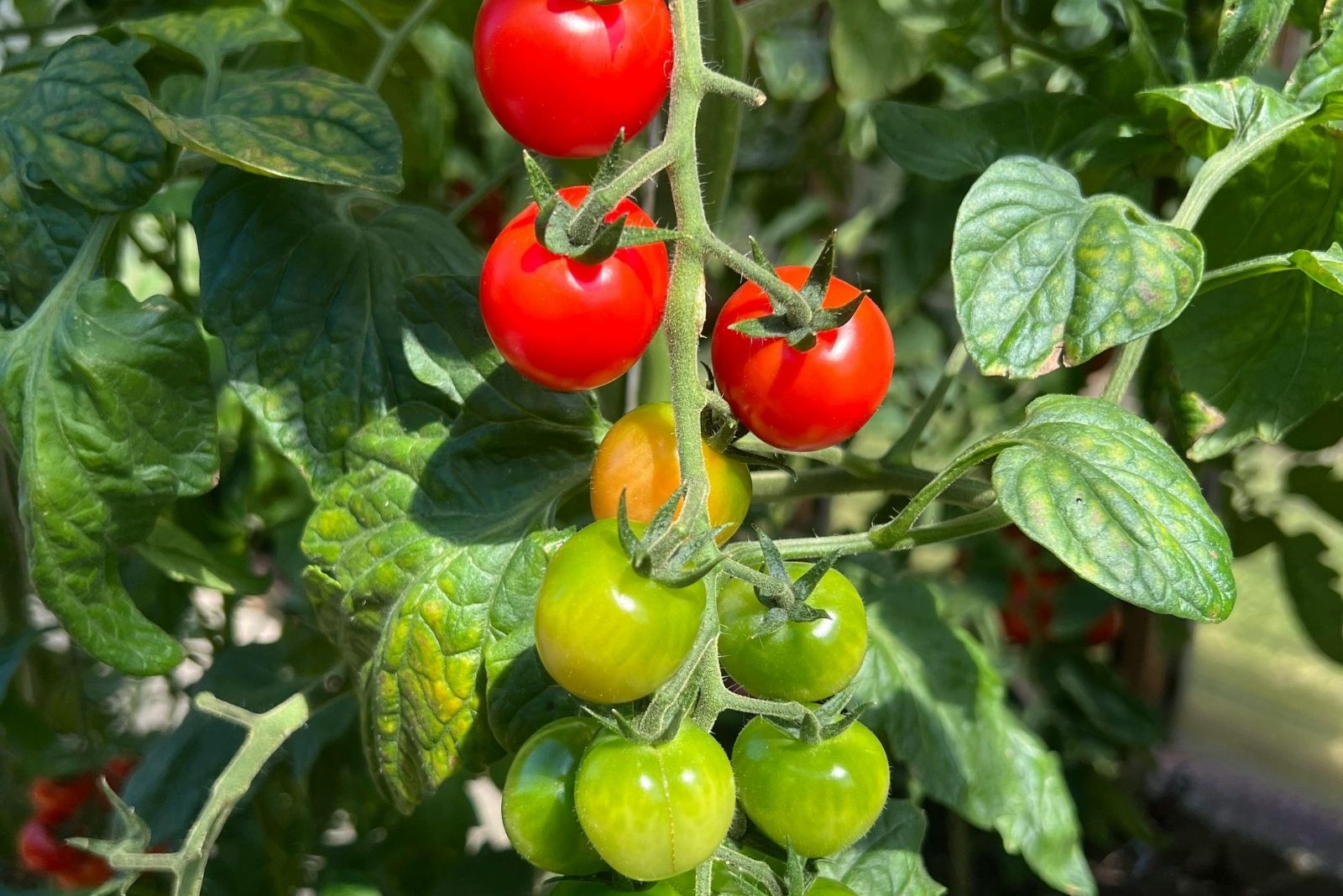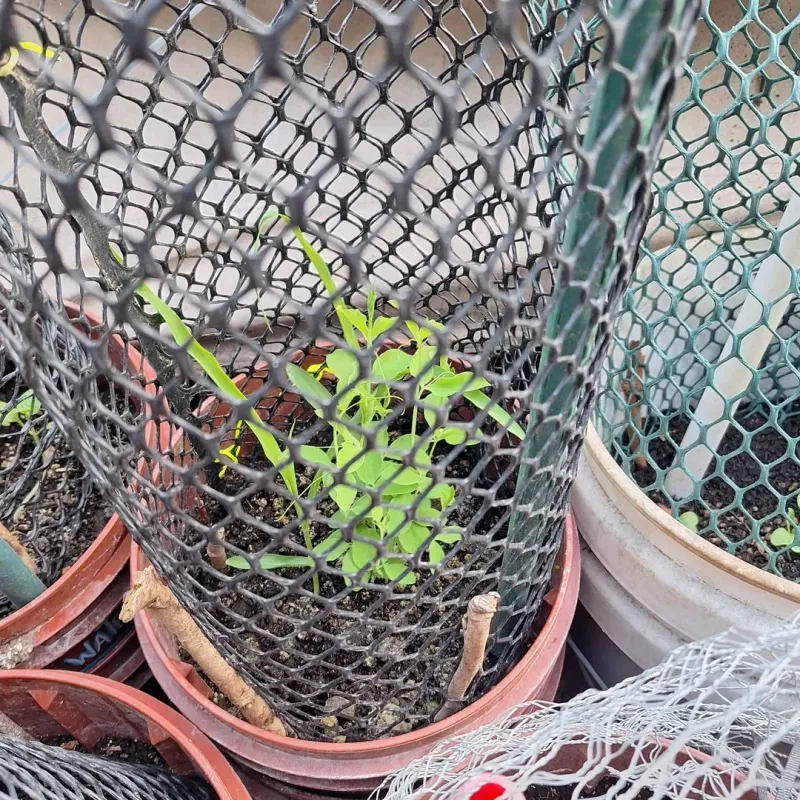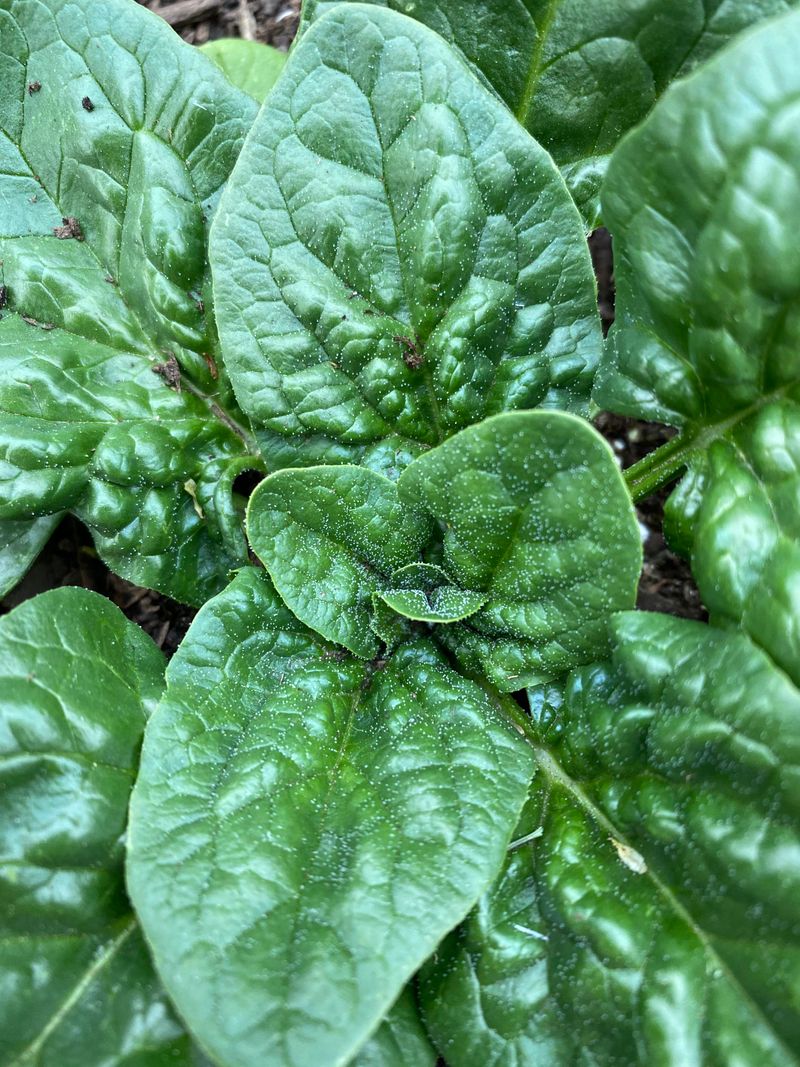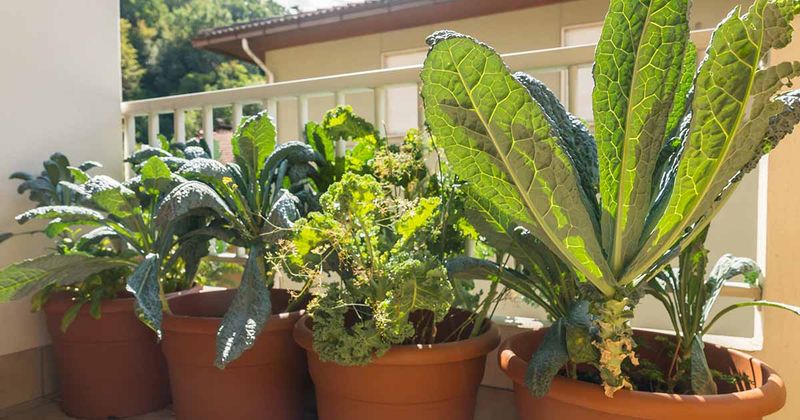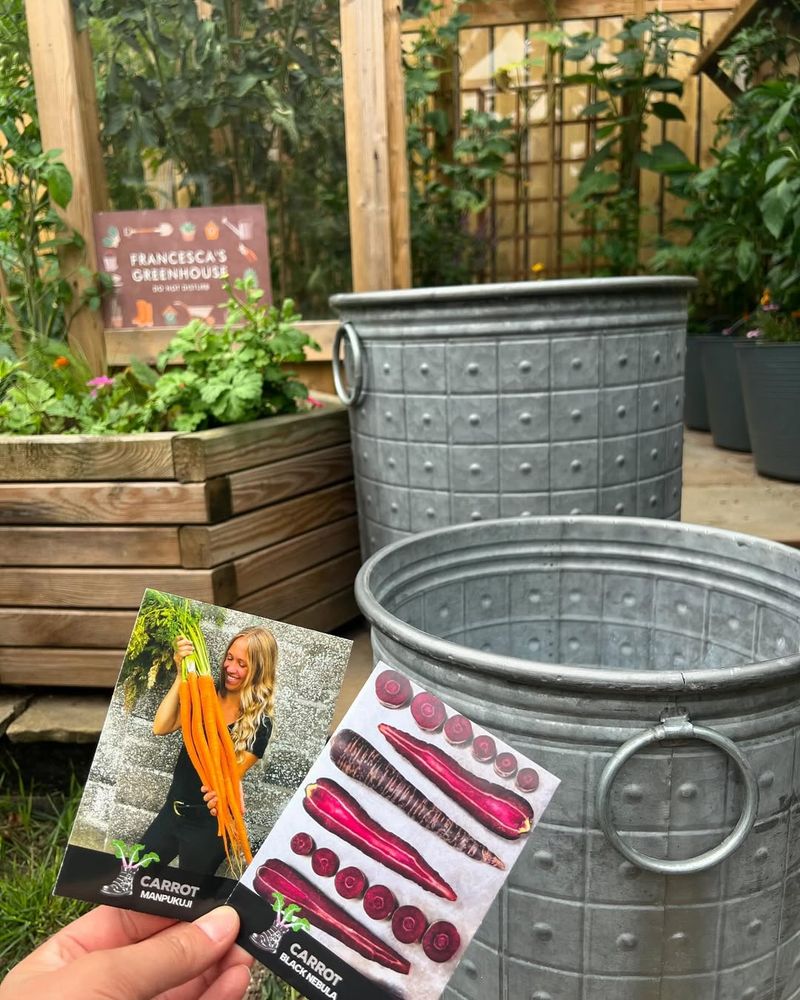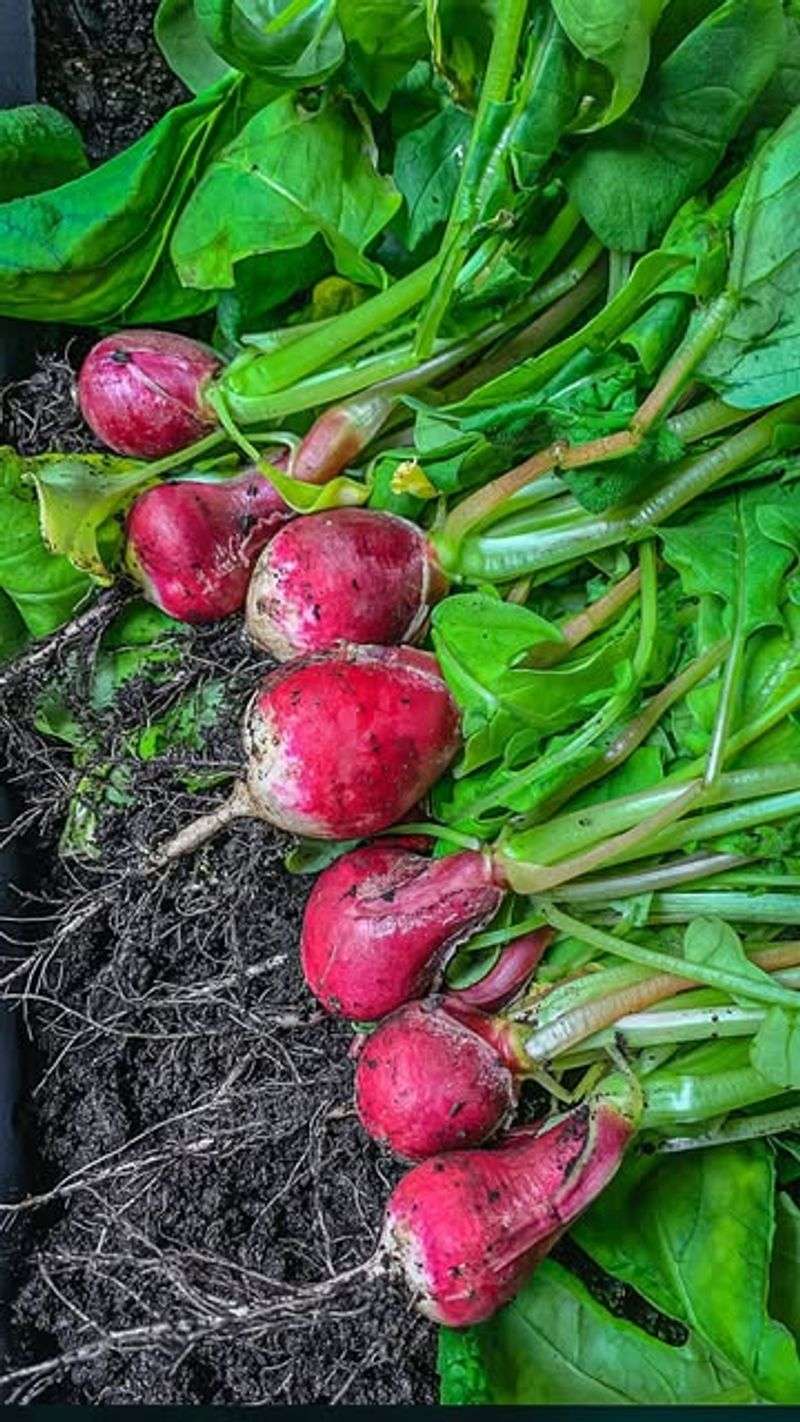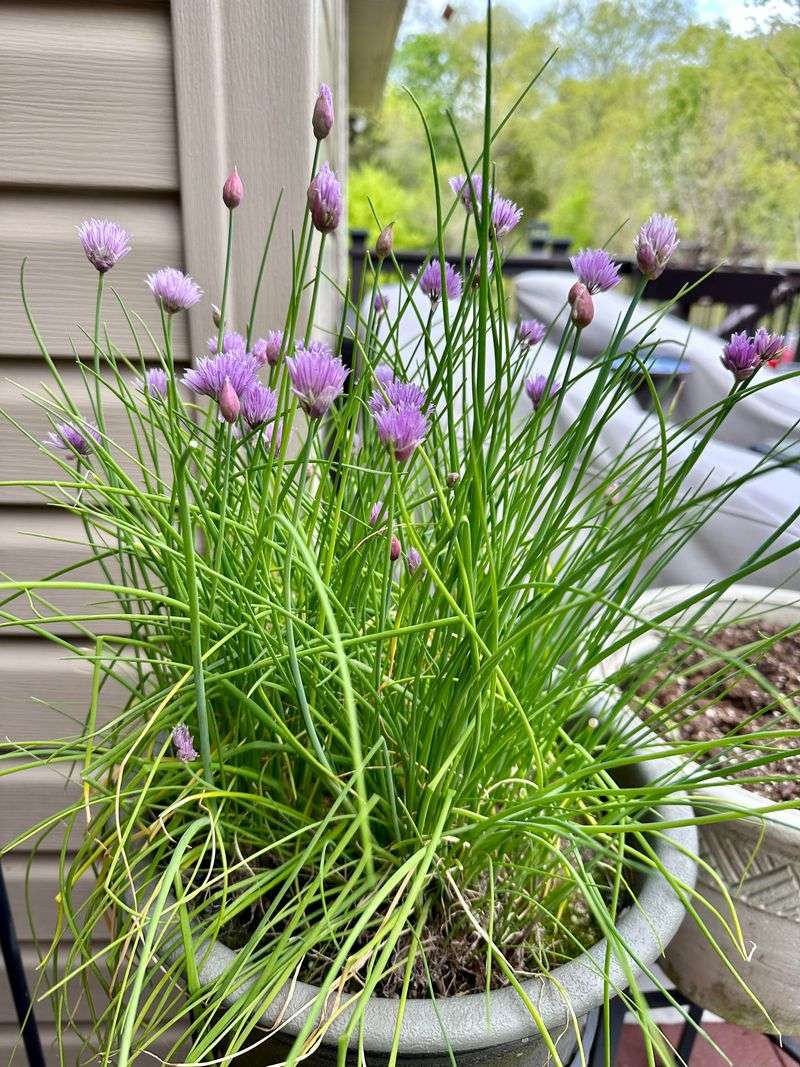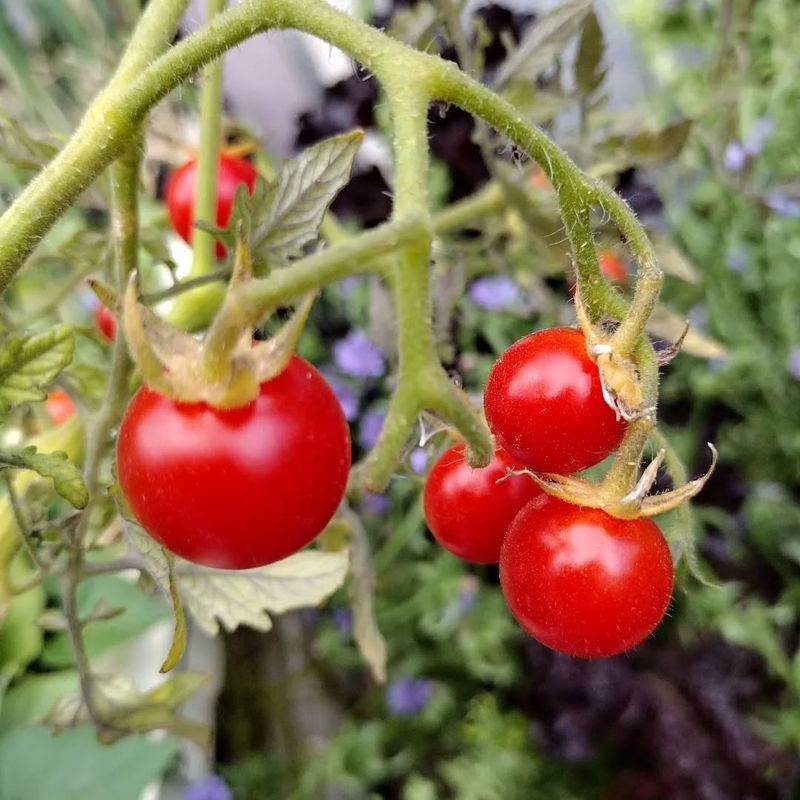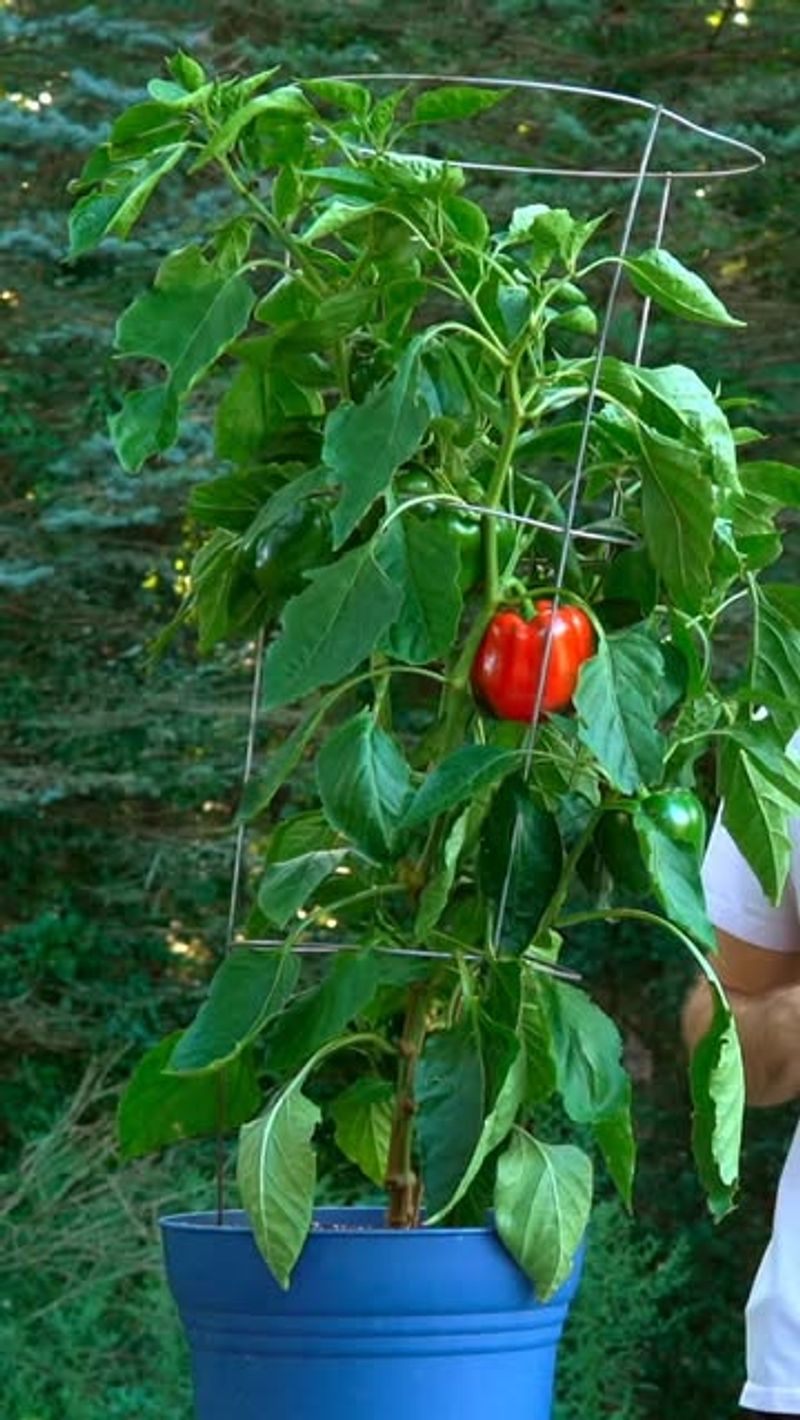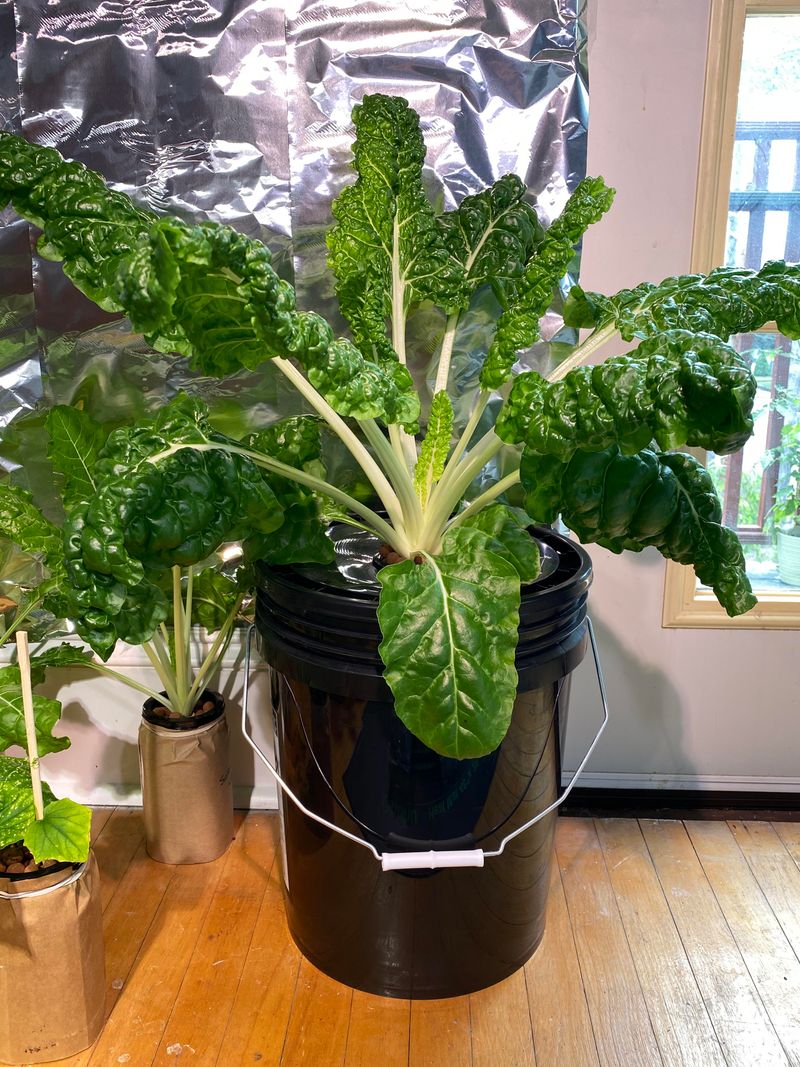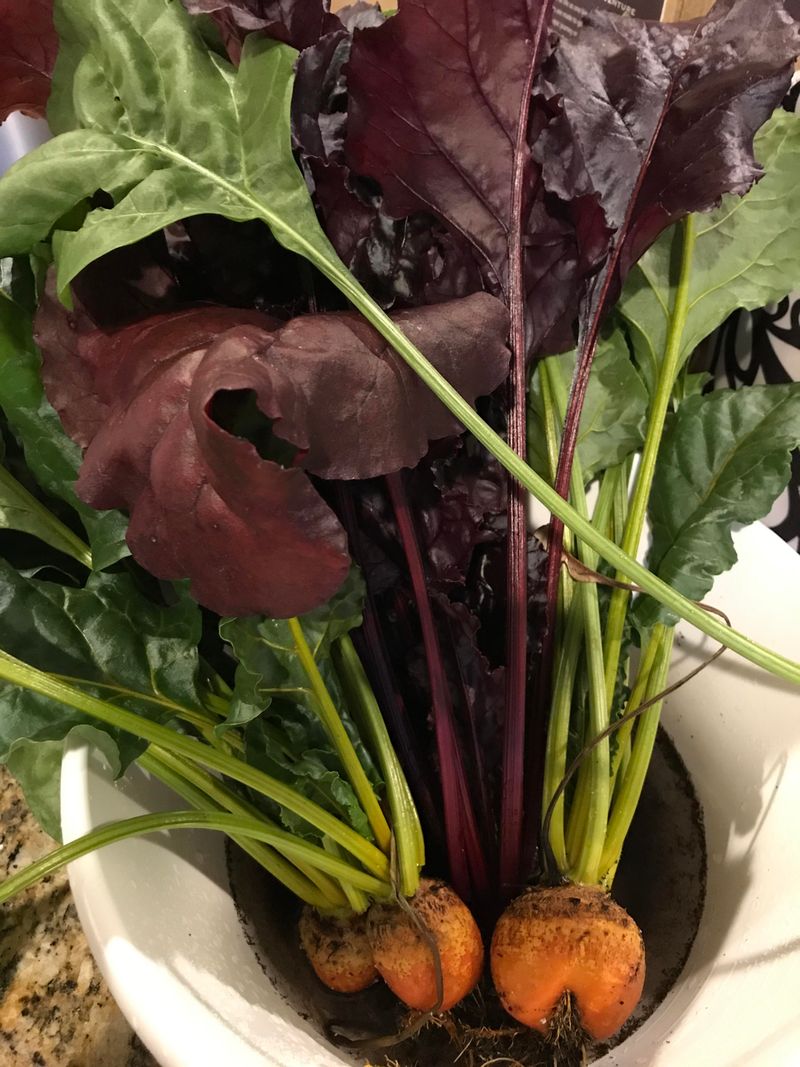Colorado gardeners face unique challenges with unpredictable weather, short growing seasons, and limited outdoor space. Growing vegetables in buckets offers a smart solution that lets you control conditions, move plants indoors during cold snaps, and maximize small patios or balconies.
In my experience gardening in Colorado, using buckets has allowed me to enjoy fresh vegetables even during the cold months, transforming container growing into a year-round adventure.
1. Lettuce
Cool-season greens thrive in containers and adapt beautifully to bucket life, especially when temperatures shift unpredictably. Lettuce grows quickly and doesn’t need deep roots, making five-gallon buckets ideal for multiple harvests throughout the year.
Use well-draining potting mix and keep soil consistently moist but never waterlogged. Place buckets where they receive morning sun and afternoon shade, especially during summer. Spinach and arugula work well as companion plants.
I started growing lettuce in buckets on my Denver balcony three winters ago, and harvesting fresh leaves in January felt like magic.
2. Spinach
Hardy and cold-tolerant, this leafy green handles Colorado winters better than most vegetables. Buckets allow you to move plants to sheltered spots during harsh weather while still getting fresh greens when grocery store prices skyrocket.
Fill containers with nutrient-rich soil and water regularly to prevent bolting. Spinach prefers cooler temperatures and partial shade during hot months. Radishes make excellent bucket companions since they mature quickly.
After one particularly brutal February snowstorm, I brought my spinach buckets into the garage overnight, and they bounced back beautifully the next day.
3. Kale
Few vegetables tolerate freezing temperatures as gracefully as this nutrient-packed powerhouse. Kale actually tastes sweeter after a frost, making it perfect for Colorado’s unpredictable climate and year-round bucket cultivation.
Choose buckets at least 12 inches deep and use quality potting soil enriched with compost. Water deeply but infrequently, and provide full sun during cooler months. Bush beans planted nearby can help with nitrogen.
My neighbor introduced me to winter kale harvesting, and now I pick leaves right through December, even when snow covers the bucket edges.
4. Carrots
Root vegetables surprise many gardeners with how well they adapt to container life when given proper depth. Shorter carrot varieties like Thumbelina or Paris Market work exceptionally well in buckets, producing sweet, crunchy roots without needing garden beds.
Select buckets at least 12 inches deep with excellent drainage holes. Use loose, sandy potting mix to prevent misshapen roots. Water consistently and thin seedlings early for better growth.
My first bucket carrot harvest happened in late November, and pulling those bright orange roots from the soil felt incredibly rewarding after months of patient waiting.
5. Radishes
Fast-growing and forgiving, these crisp vegetables mature in just three to four weeks, perfect for impatient gardeners or those wanting quick results. Buckets provide ideal conditions since radishes need consistent moisture and benefit from movable containers during temperature extremes.
Plant seeds directly in loose potting soil about half an inch deep. Keep soil evenly moist and provide full sun. Radishes pair wonderfully with slower-growing lettuce in shared buckets.
During my first Colorado spring, radishes taught me that bucket gardening could deliver results fast, giving me confidence to try more challenging vegetables later.
6. Green Onions
Scallions require minimal space and regrow from scraps, making them incredibly economical for bucket gardeners. Their shallow root systems mean you can grow them in smaller containers or tuck them around larger vegetables for efficient space usage.
Plant sets or seeds in well-draining soil and water regularly to keep roots moist. They tolerate partial shade and grow happily indoors near sunny windows during winter months.
I keep a bucket of green onions on my kitchen windowsill year-round, snipping what I need for meals and watching them regenerate within days—truly the gift that keeps giving.
7. Cherry Tomatoes
Compact varieties like Tiny Tim or Patio Princess produce abundant fruit without sprawling vines, making them bucket-friendly choices. While tomatoes typically need warmth, bringing buckets indoors during cold nights extends your growing season dramatically in Colorado.
Use five-gallon buckets with excellent drainage and rich potting soil. Tomatoes need full sun and consistent watering to prevent blossom end rot. Add basil nearby for natural pest control.
Last summer, my cherry tomato bucket on the patio produced fruit until mid-October, weeks longer than my neighbor’s garden plants thanks to mobility during chilly nights.
8. Peppers
Compact pepper varieties adapt surprisingly well to container life, especially when you can move them to chase sunlight or escape unexpected frosts. Both sweet and hot peppers work in buckets, offering fresh flavors throughout extended growing seasons.
Choose five-gallon buckets and fill with nutrient-dense potting mix. Peppers demand full sun and consistent moisture but dislike soggy roots. Marigolds planted alongside help deter aphids naturally.
After losing garden peppers to an early September frost, I switched to buckets and now roll them into my garage when temperatures drop, extending harvests well into autumn.
9. Swiss Chard
With vibrant stems in rainbow colors, this vegetable adds beauty alongside nutrition to your bucket garden. Chard tolerates both heat and cold remarkably well, making it ideal for Colorado’s temperature swings and year-round cultivation in movable containers.
Plant in deep buckets with rich, moisture-retentive soil. Chard appreciates consistent watering and partial shade during peak summer heat. It grows well near bush beans or compact herbs.
Rainbow chard became my favorite bucket vegetable after I discovered how continuously it produces—just harvest outer leaves and the plant keeps generating new growth for months.
10. Beets
Both roots and greens offer delicious harvests, giving you two vegetables from one bucket planting. Beets handle cold weather exceptionally well and actually develop better flavor when temperatures cool, making them perfect for Colorado’s climate challenges.
Use buckets at least 10 inches deep with loose, well-draining soil. Beets prefer full sun and regular watering for tender roots. Thin seedlings early and enjoy baby greens in salads.
My grandmother always grew beets in her garden, and continuing that tradition in buckets on my apartment balcony connects me to her memory while providing fresh, earthy vegetables year-round.

